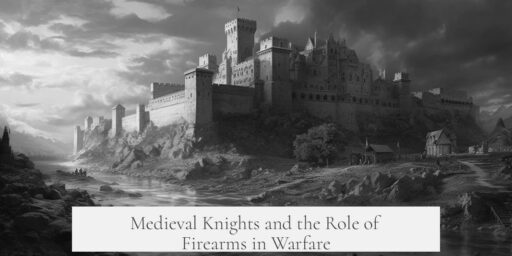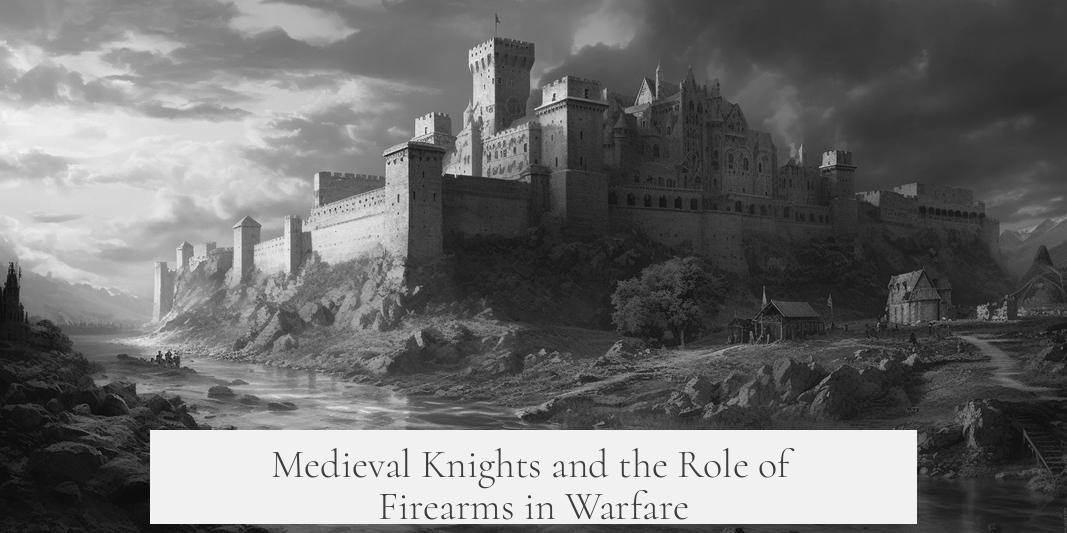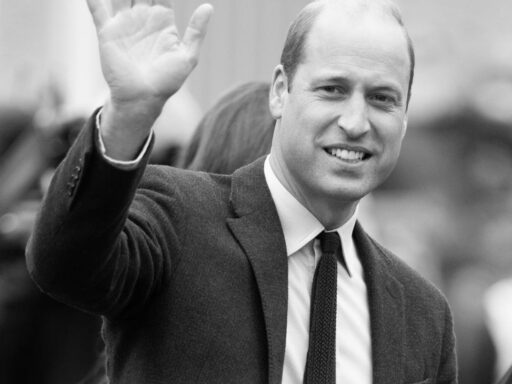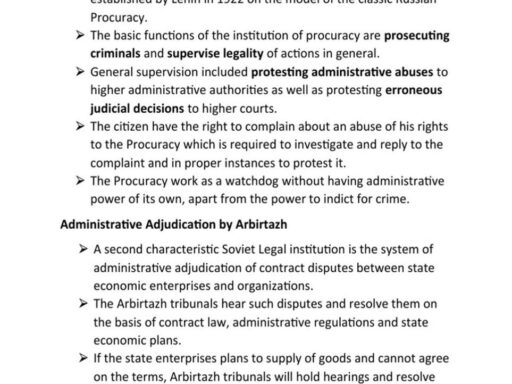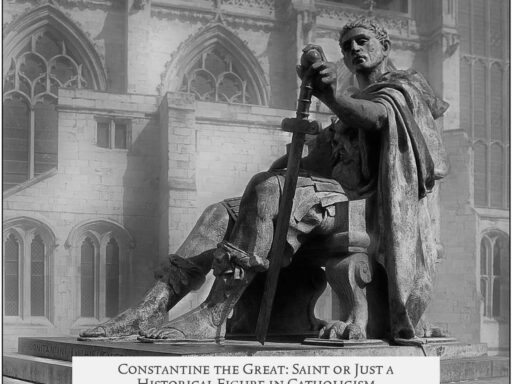Medieval knights did use firearms in a meaningful capacity, but not throughout the Middle Ages as popularly imagined. Their use of firearms evolved gradually, becoming significant only by the 16th century with advancements in technology, tactics, and metallurgy.
Early firearms appeared in Europe around 1326, initially as large artillery pieces. By 1400, handheld firearms called “handgonnes” were available. However, these early guns were impractical for mounted knights. They required two hands to operate, which was incompatible with controlling a horse and wielding traditional weapons simultaneously. Additionally, firearms produced loud noises that frightened horses and emitted thick smoke, which obscured the battlefield.
- First firearms were inaccurate, unreliable, and sometimes dangerous to the user due to poor materials, such as prone-to-failure copper barrels.
- Firing mechanisms could not handle the motion and speed of horseback combat effectively.
- Culturally, knights resisted firearm adoption since guns undermined the ideals of chivalry by allowing common foot soldiers to kill mounted elite knights from a distance.
Evidence from mid-15th century works, such as Mariano Taccola’s De Ingeneis, shows conceptual attempts to fire guns from horseback. However, these designs were impractical for real combat. Horses required specialized training to tolerate gunfire, a method not yet developed during the medieval period.
Despite these early challenges, some knights became enthusiastic about firearms they could personally use, especially artillery and eventually handheld weapons. King Henry V famously commanded cannon bombardments himself, reflecting noble interest in artillery technology. However, the meaningful use of firearms by mounted knights remained limited until technological innovations improved portability and firing ease.
The critical advancement came with the invention of the wheel-lock mechanism around 1500. Wheel-lock pistols and carbines were smaller, lighter, and could be fired with one hand, allowing knights to use firearms while controlling their horses with the other. Material sciences evolved, producing more reliable barrels and firing mechanisms. This made the firearm a practical secondary weapon for cavalry.
By the mid-16th century, knights and light cavalry integrated firearms into their combat styles. Portraits of Charles V, post-1547, depict light cavalry wielding firearms alongside short lances. Surviving armor from this era confirms the role of firearms in mounted combat, blending traditional weapons with gunpowder arms.
| Timeline | Firearm Use by Knights |
|---|---|
| 1326 | First evidence of firearms as artillery, no handheld use on horseback. |
| 1400 | Introduction of handgonnes; impractical for knights due to two-handed operation and horse control issues. |
| 1430s | Conceptual drawings of mounted firearms; no practical use. |
| ~1500 | Wheel-lock firearms enable one-handed firing from horseback, meaningful use begins. |
| 16th-17th century | Knights carry wheellock or flintlock pistols, combine firearms with lance charges; heavy armor adapts to resist firearms. |
| 1643 | Battle of Cheriton: heavy cavalry employing harquebuses demonstrates late knightly firearm use. |
Tactically, mounted pistol use included firing while retreating or charging, shooting at close range after lance impact, and reloading on the move. This changed the traditional knightly role, merging shock cavalry with firepower. Knights increasingly shifted to lighter armor and the “demi-lancer” role—combining lance and firearm effectively.
Firearms eventually penetrated traditional plate armor, forcing improvements such as thickened breastplates. Despite these adaptations, firearms eroded the supremacy and mystique of the armored knight. The social role of knights transformed from dominant battlefield lords to part of mixed arms forces combining pike, shot, and cavalry.
Practical firearm use by mounted knights ceased gradually as heavy armor became obsolete and firearms dominated battlefield tactics by the late 17th century. Residual knightly units, such as those led by Sir Arthur Heslering at the English Civil War, showed the final examples of armed knights using firearms effectively.
In summary, medieval knights did not meaningfully use firearms early on. Their combat style and equipment were ill-suited for primitive guns. Meaningful, practical firearm use emerged only after technological breakthroughs near the Renaissance, leading to new cavalry tactics blending traditional arms and early firearms. This transition marks both an adaptation and a decline in the medieval knight’s classical combat role.
- Early firearms (pre-1500) were largely impractical for mounted knights.
- Wheel-lock pistols (~1500) revolutionized firearms use by cavalry.
- Knights adopted guns mainly as secondary weapons from the 16th century onward.
- Firearms contributed to the transformation of knightly combat and armor design.
- The traditional medieval knight’s dominance faded as firearms reshaped warfare by the 17th century.
